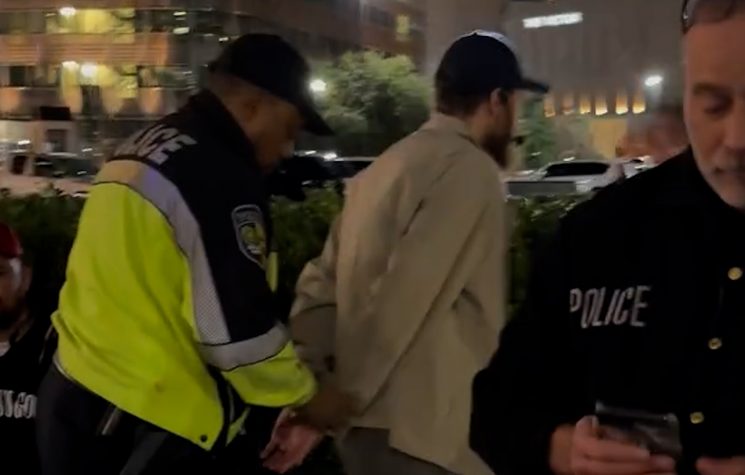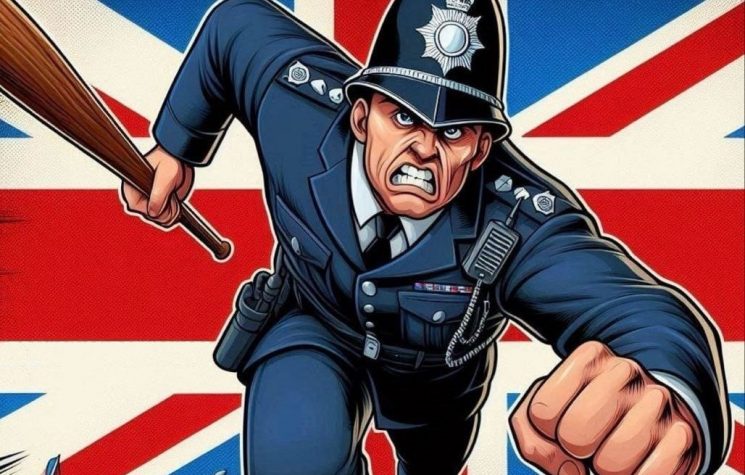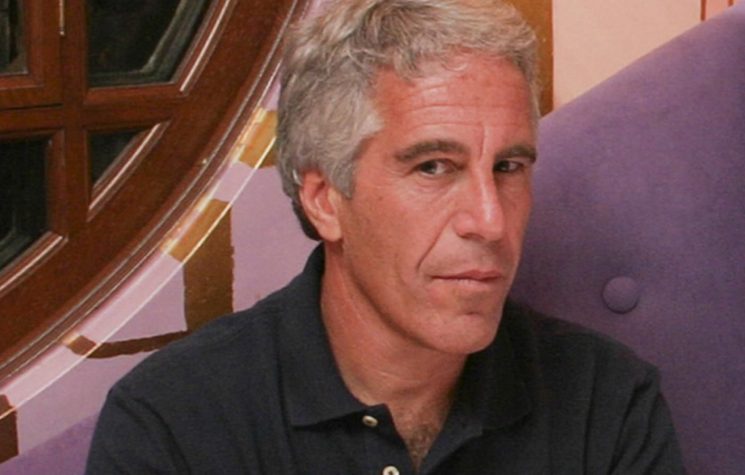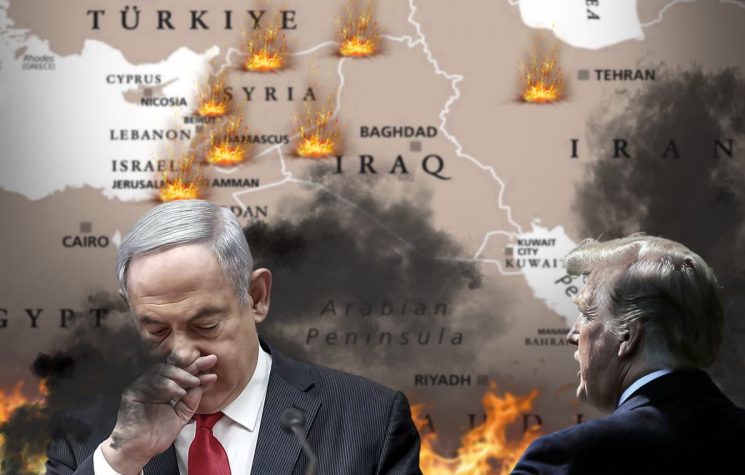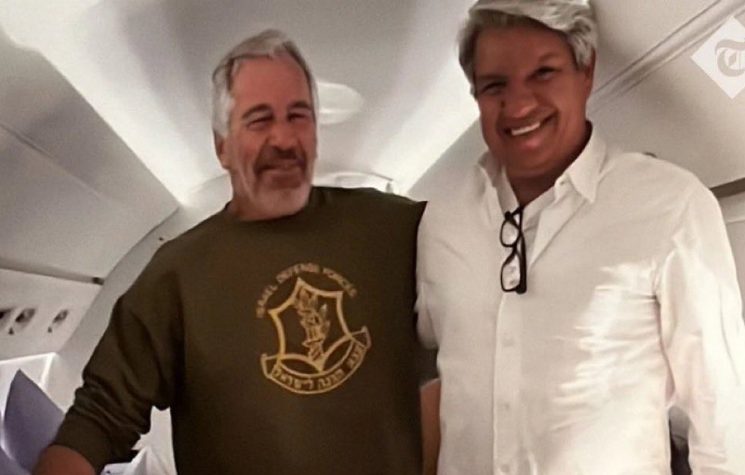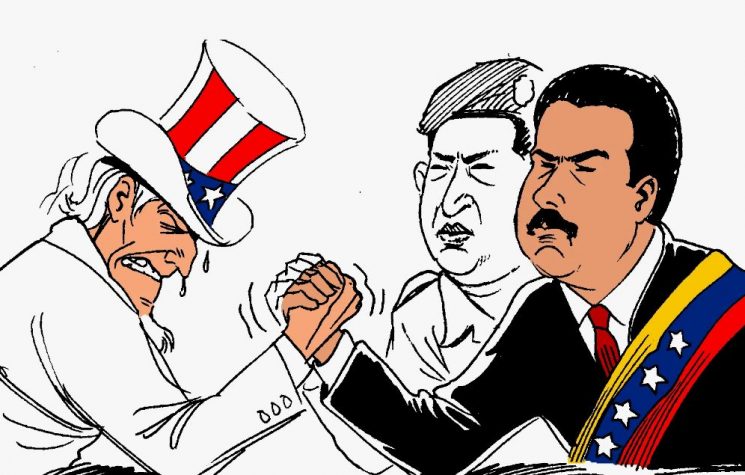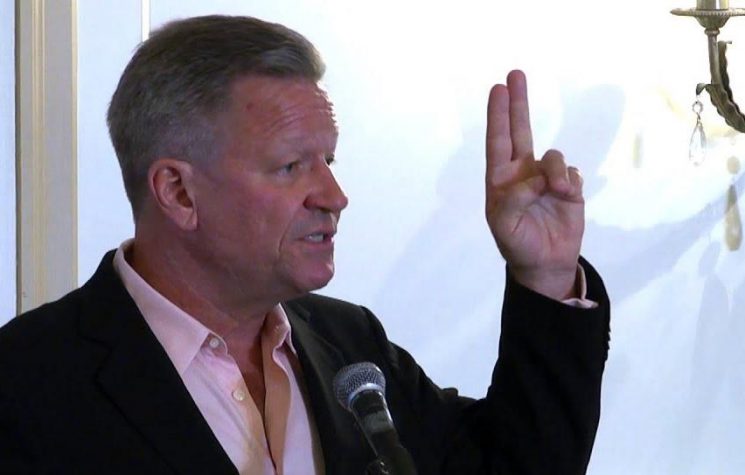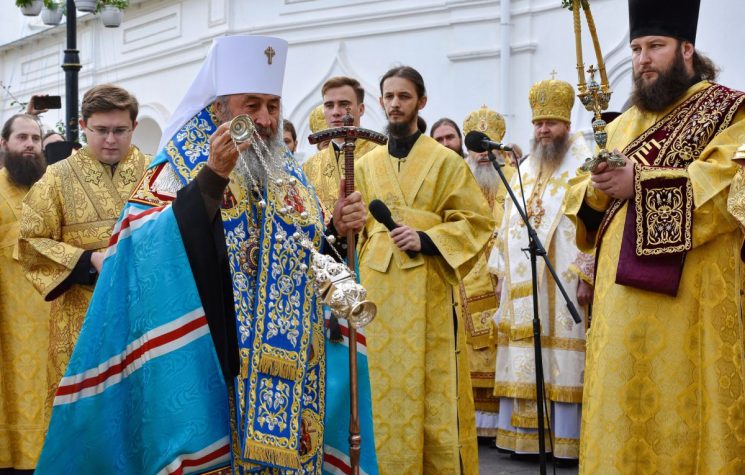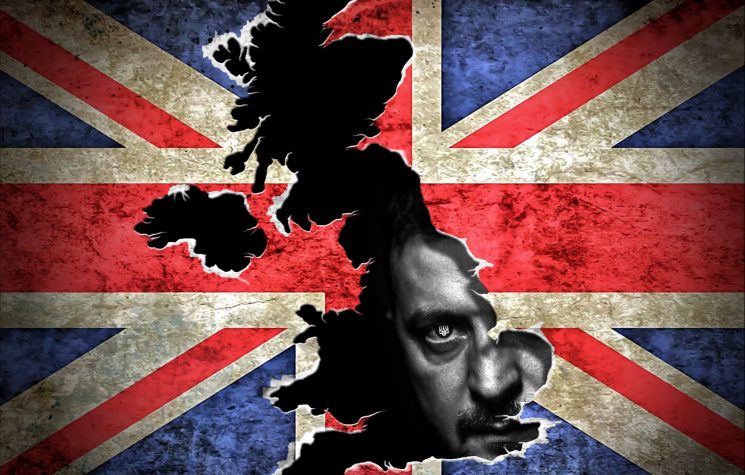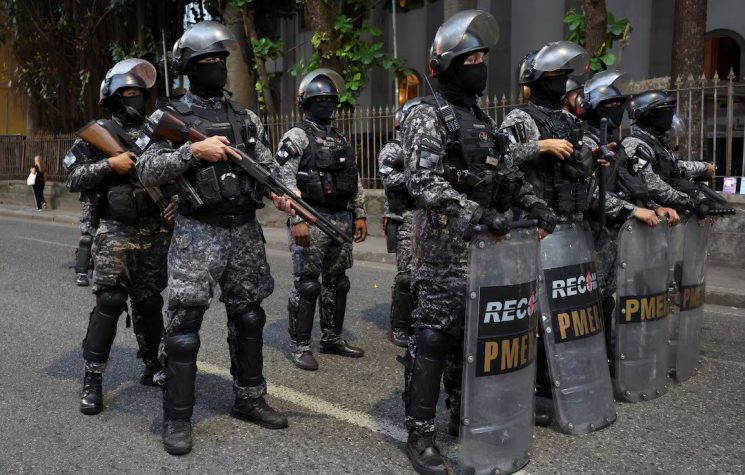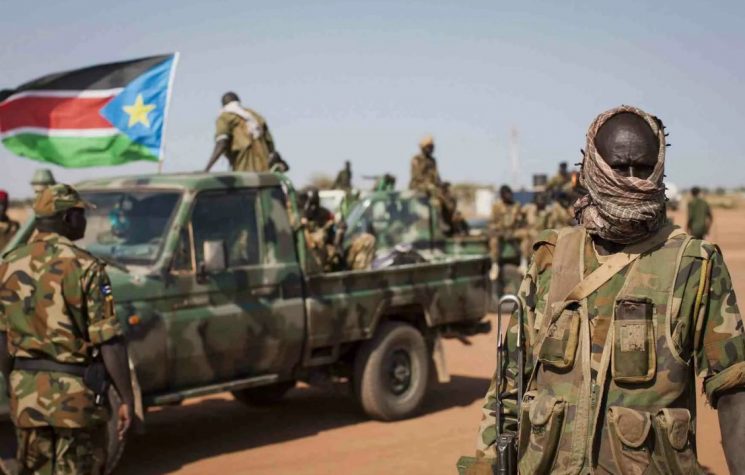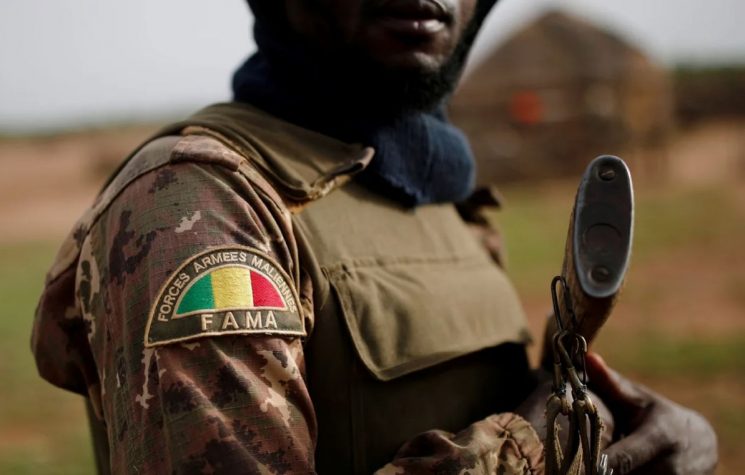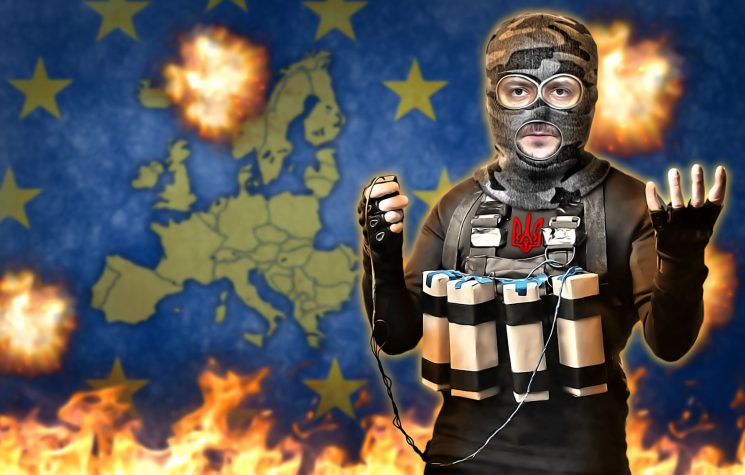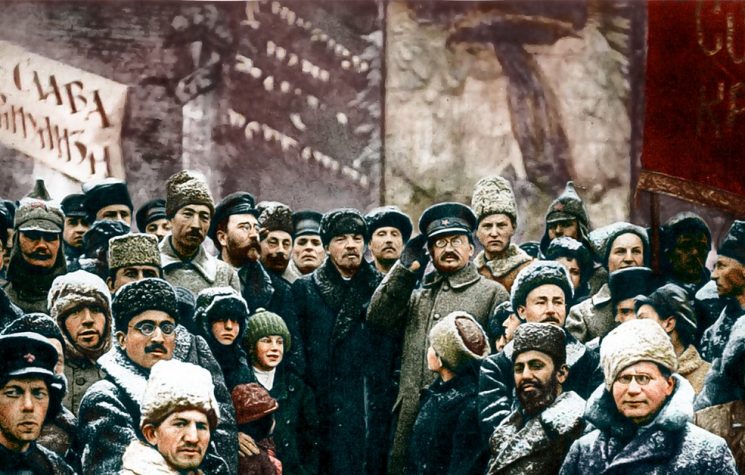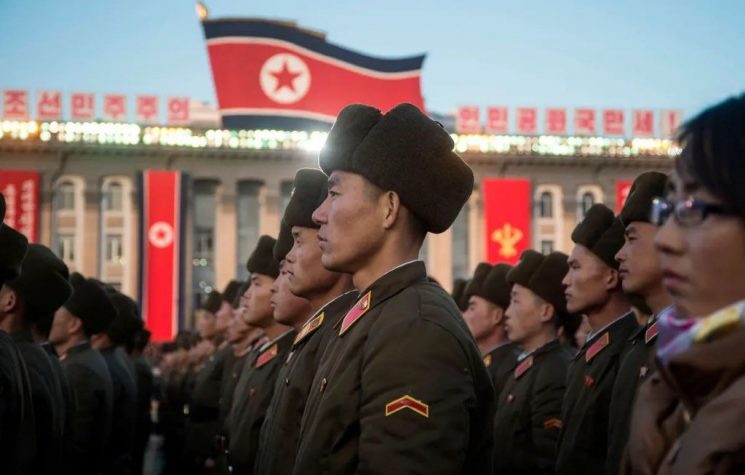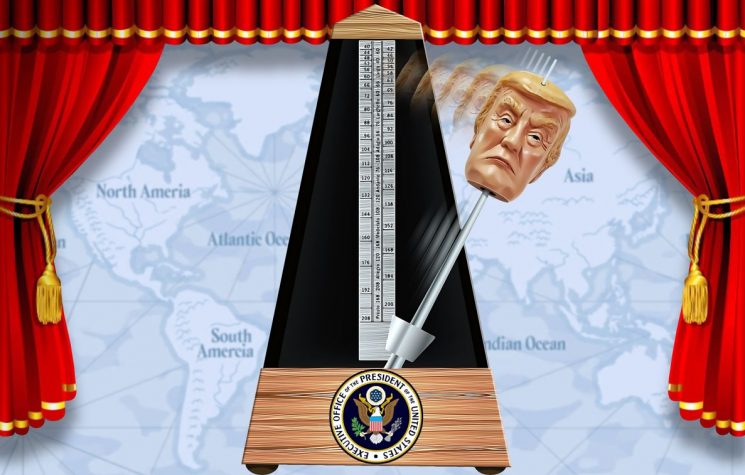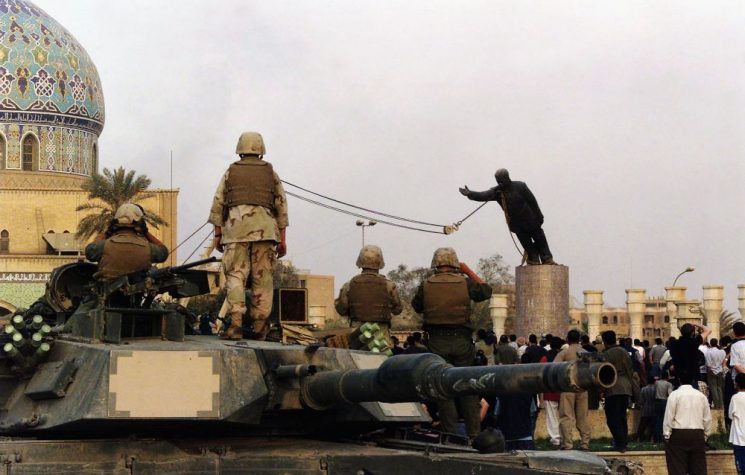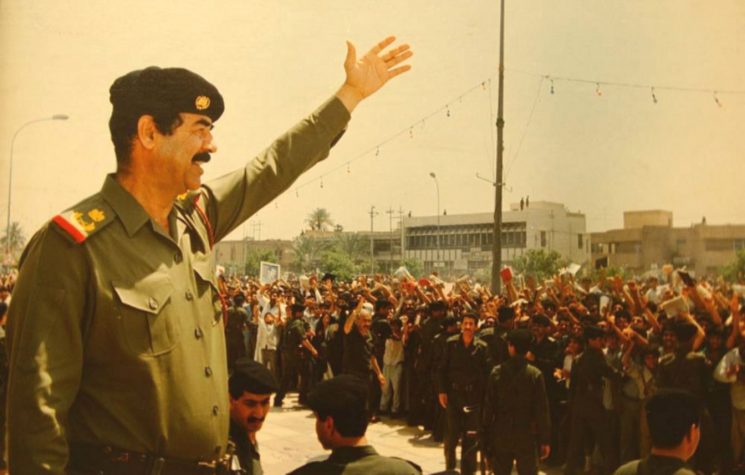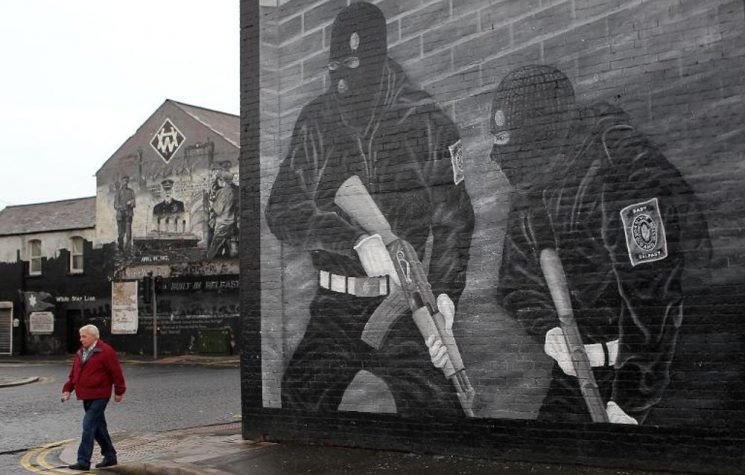At the end of July 1990 I wrote a story for The Washington Times predicting that President Saddam Hussein of Iraq was going to conquer all of Kuwait within the next month, probably within the next two weeks.
The entire $90 billion a year U.S. intelligence “community” failed to pick up a clue this was going to happen even though the warning signs were staring them in the face:
My foreign editor of the time was not a fool. He was an outstanding success in the job and was a brilliant journalist and administrator, but he had almost no experience of the Middle East. He hit the roof over this “fantasy.” We argued back and forth over it but he was the foreign editor and he had the power.
You should be able to retrieve that article today from the LexisNexis data base. It says that Saddam may just possible take a tiny bite out of the Kuwaiti territories or oil fields to express his displeasure over Kuwaiti oil production policies. That’s all that was allowed to run. Within 48 hours, the Iraqi Army occupied all of Kuwait.
No one else anywhere in the $30 billion a year U.S. intelligence community or any journalist or analyst across the entire Middle East from Israel to Saudi Arabia had made such a prediction. I dined out on this story for many years.
Who was my source for this astonishing inside-track information? Was it the CIA or the Mossad? The Saudis or the Kuwaitis? No. My source was much better than any of them and he couldn’t have been better placed or more reliable. It was Saddam himself. All I had done was study his speeches over the previous month and conclude that he meant exactly what he said.
Why did I get Saddam’s speeches – in which he made no secret of his intentions – right, when the entire foreign policy, journalism and intelligence establishment in Washington got it all wrong?
Because I had an experience almost all of them lacked. I remembered from the days when I was a young crime and terrorism desk editor starting out in Belfast how some of the worst paramilitary terrorists in the Protestant Loyalist and Catholic Nationalist paramilitary groups used to wind themselves up with heavy drinking and talking themselves into murderous rages before going out on killing sprees. One in particular, Captain Lennie Murphy, commander of the West Belfast Brigade of the Ulster Volunteer Force, more colloquially but far more accurately popularly known as “The Shankill Butchers.”
Martin Dillon, one of the finest investigative reporters ever to have covered Northern Ireland’s 30-year Troubles from 1968 to 1998, told the full hair-raising story of Murphy and his gang in his classic work “The Shankill Butchers.” (New York, 1989). Murphy was a torturer. He and his colleagues adapted the great Belfast tradition of quality light engineering to make garages and basements suitable for their own enhanced interrogation techniques. Recalling a popular morning television program for young children, the terrorists called these torture chambers “Romper Rooms.”
Senior police officers became all too familiar with these “Romper Rooms.” They always recognized the tell-tale signs in them. The concrete on the floors was recently laid. The floors were always laid at an angle or incline to ensure that the blood from the “interrogation suspects” could flow conveniently downhill to the drains. There was always excellent drainage.
Soundproofing to prevent the screams being heard was of course very simple although also superfluous. So overwhelming was the terror that the torture gangs induced that they knew no one would ever report them.
A long way from Lennie Murphy to Saddam Hussein? Not at all. For I remembered that Saddam was a man of action, not just words. He had been a prominent interrogator – we would say torturer – during the short-lived First Ba’ath Republic of Iraq in 1963, an era I vividly describe in my 2008 book “The Politically Incorrect Guide to the Middle East.”
In June and July 1990, I read Saddam’s increasingly hair-raising rhetoric against Kuwait as his speeches were recorded and translated in the Foreign Broadcast Information Service publications of the State Department.
Reading those speeches, the memory of Lennie Murphy, so charismatic, so hail-fellow-well-met, so superficially charming in his favorite pubs of the Shankill Road district of West Belfast, came vividly back to me. For Lennie never killed cold. He needed a wind-up. He needed to work himself up into a killing rage.
First, there would be far too much “drink taken,” as the inimitable Royal Ulster Constabulary reports of the day would say, then the conversation would darken, the rage would mount and all the press, casual drinking buddies, groupies and hangers-on would correctly read the signs, stammer their nervous excuses and back out of the bar (It was usually ‘The Brown Bear’) into the damp, sharp and windy Belfast night.
No one would run. No one ever ran in the streets of West Belfast in those years, especially not at night: There were at least half a dozen different armed organizations, not to mention the Northern Irish police and the British Army, who would be tempted to shoot you on sight if you did.
Then, not long later, Lennie and his warrior “band of brothers,” more terrible and prolific in their killings than Jack the Ripper at his imagined worst, would pile into their black old Austin taxi cabs and cruise the streets, looking for anyone plausibly Catholic to kidnap and then “interrogate” for a few hours of horror before dispatching them with a near-decapitating slit across the throat. They were not called “the butchers” for nothing.
Covering stories like that is a long way from the pseudo-intellectual pretensions of the Washington think tanks and media community, with their supposedly-learned discussions of political theories out of Hans Morgenthau and his ilk. But it is a lot closer to the real world.
Lennie Murphy met his well-deserved end on November 16, 1982 at the hands of a Special Action Squad of the Provisional Irish Republican Army, the Provos. He was given a large paramilitary funeral by the UVF with a guard of honor. A volley of three shots was fired over his coffin and a piper played ‘Abide With Me.’ His tombstone carried the inscription ‘Here Lies a Soldier.’ Death notices in the Belfast Telegraph newspaper paid grieving tributes, including execrable sentimental poetry, to this serial-torture killer of more than 40 entirely innocent people.
It was less than eight years from Lennie Murphy’s timely demise to Saddam’s escalation of rhetoric before the invasion of Iraq. A different world, a different place. But I recognized the parallel.
My original, uncut story predicting Saddam’s invasion of Kuwait never ran in The Washington Times, so I never got a Pulitzer nomination out of it. That didn’t matter. I already had such a nomination, would eventually get two more, and have always been too blunt-spoken about the inanities of what passes for modern American journalism to ever expect to actually win one of the things.
As for the 17 U.S. major intelligence agencies (there are countless smaller ones too) with 100,000 full time employees in the Washington, DC tri-state area alone, their ignorance and incompetence is even greater today.
But I did learn an unforgettable lesson about the universal nature of psychopathic behavioral patterns. And I relearned an old, harsh, cruel lesson from the unforgiving Belfast streets:
When covering and watching the world, it is essential for personal and national survival to try and always think the unthinkable. Because sure as day follows night, somewhere around this vast and dangerous world of ours, there are always able people planning unthinkable things – and certain to do them.










